Italian Renaissance
Firenze - Florencia - Florence
BRUNELLESCHI - "THE DUOMO"
"The Duomo" also known as "The Cathedral of Santa Maria del Fiore" was supposed to be built in 1296 but could not be finished due to it being built without any buttresses or centering support which was traditionally used to support a dome during construction. That is where the famous Brunelleschi comes in, he figured out how to complete the Duomo by building two domes instead of one, one nested inside the other. He also employed sets of diagonal ribs based on the pointed arch to solve the problem of the dome. Therefore, it was completed in 1436, two centuries later. The construction of Brunelleschi's duomo took 16 years to complete and is the largest masonry dome ever built. There are 24 reinforcing vertical arched ribs, eight visible and 16 hidden within the wall that connect the inner and outer dome and reinforce the brick walls that form the dome. It is said that it used over 4 million bricks and that the dome weighs over 25,000 tons.
Furniture
DANTE CHAIR
ITALIAN CASSONE
"The cassone", translating to "large chest", was a rich and ornate Italian chest, often used as a marriage chest during the Italian Renaissance. These detailed decorated pieces of furniture were traditionally made in pairs and were often given to a bride during the wedding and placed in the bridal suite. Brides would put their personal belongings such as clothes, linens, etc. in their cassone.
ITALIAN RENAISSANCE
The Italian Renaissance took place from the 14th century to the 17th century. It was an incredible period of cultural and artistic achievements due to the fascination with mythology and beauty. Here are some of my favorite artists of this time, Leonardo Da Vinci, painter, scientist, inventor, and writer. His iconic works include the Mona Lisa and The Last Supper. Michelangelo, known for the Sistine Chapel ceiling and the statue of David. Raphael, his frescoes in the Vatican and lastly, Botticelli who painted my absolute favorite painting of all time, "Birth of Venus."
French Periods

Loire Valley - "Chambord"
The Chambord was built from 1519 to 1547 for Francois I and his mistress. It is the largest chateau in Loire valley, has been a UNESCO World Heritage site since 2000 and boasts of the largest double helix staircase. Chambord has 440 rooms, 282 fireplaces, and 84 staircases.
Baroque Era
Louis XIV reigned the Baroque period which was characterized by elaborate art, architecture, and music. Louis XIV has the longest reigning monarch, reigning for 72 long years. Louis XIV was also known as the "Sun God" because he linked himself with the Greek and Roman sun god "Apollo". Lastly, Louis died of gangrene at his own palace, the Versailles.
Palace of Versailles
As mentioned before, the Palace of Versailles was built under the Baroque era by Louis XIV. It once served as majestic residency and is a national landmark for France. It is said to have 700 rooms, 1,200 fireplaces, 1,200 toilets, 55 fountains and lastly 2,014 acres.
Furniture

Baroque style furniture can be characterized by its lavish big scale, bold pieces, complementary intense colors, great detail and ornamentation.
André-Charles Boulle (1642–1732)
André-Charles Boulle was born in 1642 and died in 1732, therefore he lived to see the amazing Baroque era. He played a really important role in this era due to being the most famous French furniture designer of his time. He is famously known for his inlay, innovative techniques and lastly, his craftsmanship.
His work is shown on the right.
Rococo
Louis XV ruled France in the Rococo period, born on 1710 and died in 1774. Known as "Louis the Beloved" he was very loved by everyone during his reign. Some fun facts are he was actually born in the Palace of Versailles and died in Versailles; he was the king of France for 59 years and lastly, he was passionate about science.
Rococo Fauteuil's
Rococo Bergères
During the Rococo era things changed from big and bold to
pleasing and cozy. Also described as charming, genius and clear.
Neo Classical
Louis XVI reigned in the Neo-Classical period and was born in 1754, died in the year 1793. Some interesting facts are, he married Marie Antoinette who was the daughter of an emperor of Austria at only the age of 15. He was also very indecisive and lacked confidence, and lastly, he was executed with his wife by being guillotined.
The Neo-Classical style changed from Rococo to "New Classical". This period used bold, rectangular lines, rural county and had strong Greek and Roman influences. The excavations at Pompeii impacted this period because it helped shape art, trends, architecture and furniture styles. The French revolution also happened around this time due to political, society, economic and financial changes and because the people were upset with Louis XVI reign.
*Feature your sketch of a Neo Classical chair leg to a Directoire leg. Note the
differences.
Empire Period
Napoleon Bonaparte was born in 1769 and died in 1821, he was a French emperor but originally started as a Corsican. He had a lot of success in the military such as winning the Siege of Toulon and lastly, he sold Louisiana to the United States for $15 million.
Share you sketches of Empire motifs and find modern comparisons
Empire Daybed
Empire chair
Empire chair with bee motif
The Provencial period of France was from 1400 to present day today and is different from the other eras. Provencial era is "For the People", because if has a touch of elegance, history but in a modern way.
Historic vs Modern
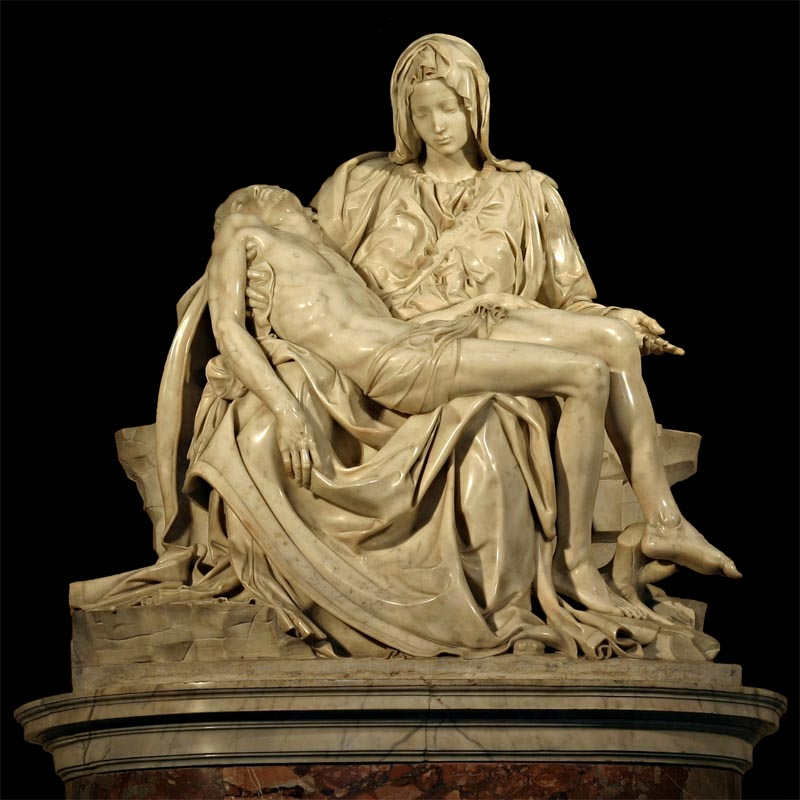














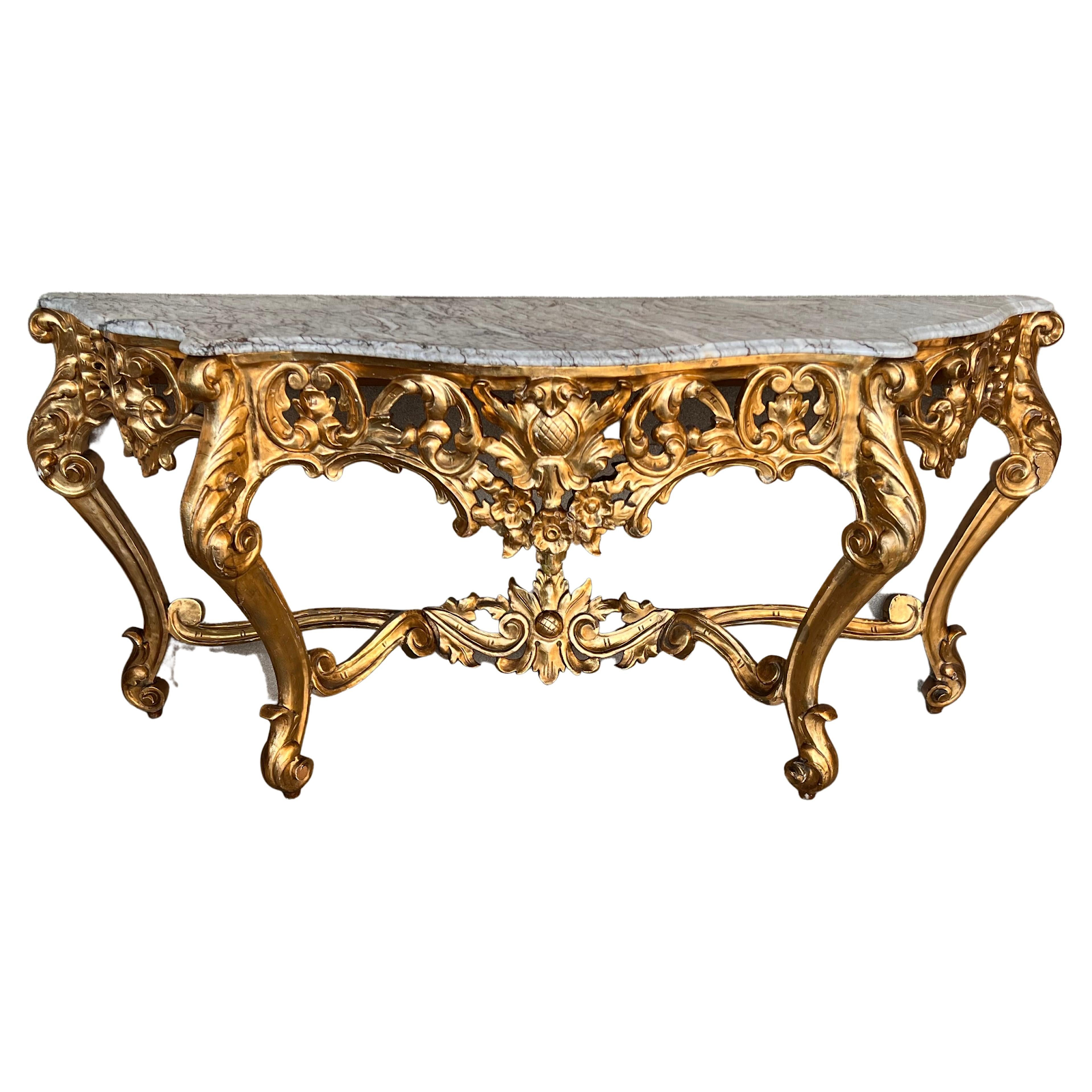
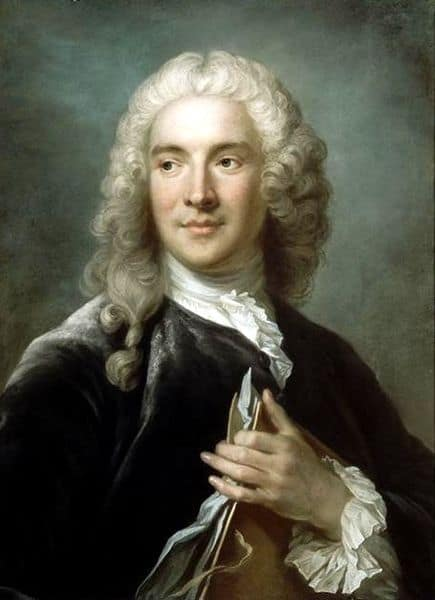




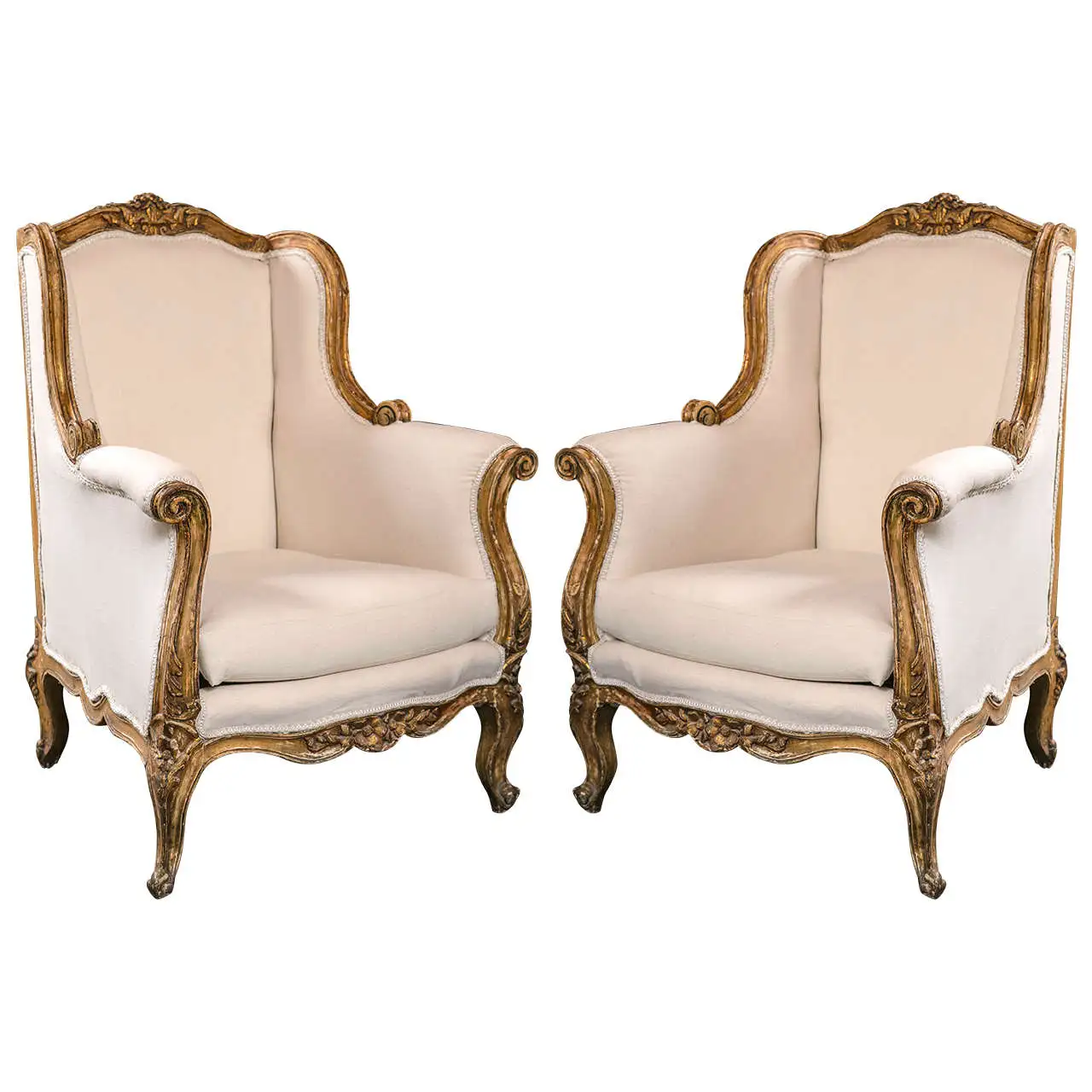




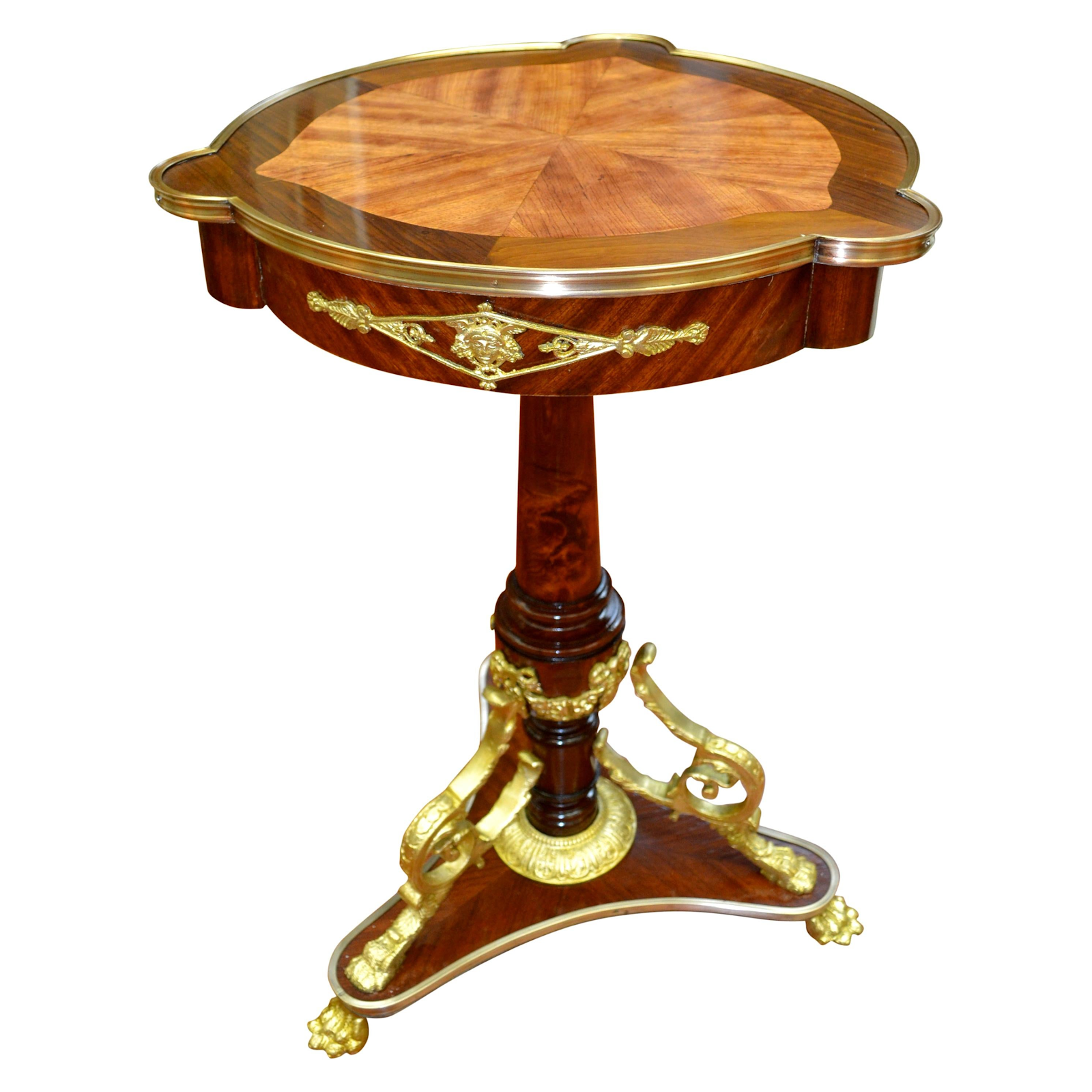








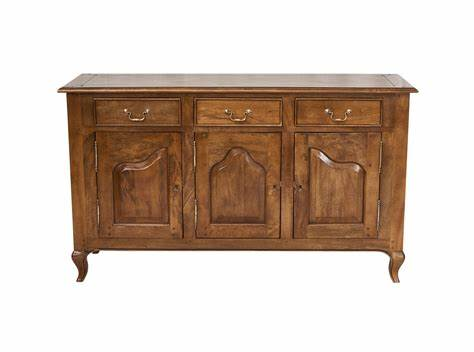


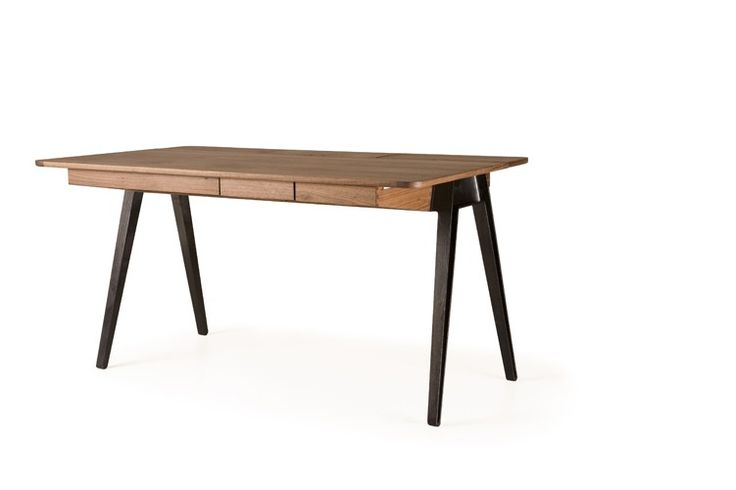


Comments
Post a Comment